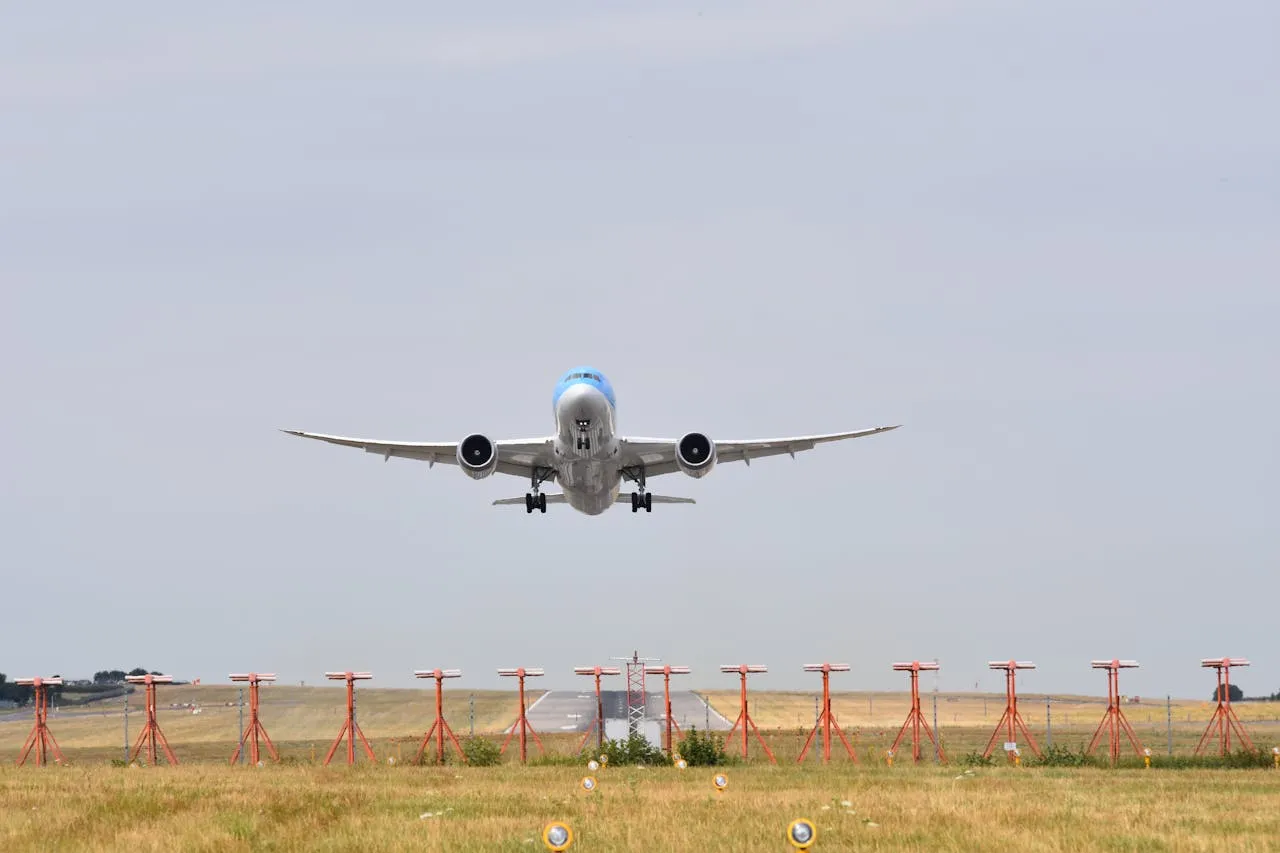
Boeing and Royal Australian Air Force Demonstrate MQ-28 Ghost Bat Operational Effectiveness
Boeing and the Royal Australian Air Force (RAAF) have achieved a major milestone in the evolution of autonomous air combat systems, successfully completing a series of demonstrations that confirmed the operational viability of the MQ-28 Ghost Bat Collaborative Combat Aircraft (CCA). This marks a significant step forward for the program, which aims to integrate uncrewed systems alongside traditional crewed aircraft to enhance combat effectiveness and reduce risks to pilots.
A Comprehensive Demonstration of Capability
The demonstrations, which were defined and structured by the RAAF, tasked the MQ-28 with performing a variety of operationally relevant missions. These were designed to complement and extend the capabilities of existing crewed platforms such as fighter jets and airborne early warning aircraft.
Over the course of testing, the MQ-28 platform accumulated 150 hours of live operations, in addition to an impressive 20,000+ hours of virtual testing through digital simulations. The combination of physical and virtual trials enabled engineers and operators to assess the aircraft’s performance in diverse scenarios, ensuring a high degree of confidence in its real-world application.
The campaign, referred to as Capability Demonstration 2025, concluded in early June—four months ahead of schedule. The demonstrations validated several key capabilities, including:
- Autonomous Behaviours and Mission Execution: The MQ-28 showcased its ability to perform tasks independently, following pre-programmed mission objectives while adapting to changing operational conditions.
- Multi-Ship Operations: The aircraft demonstrated the ability to operate in coordinated formations, significantly increasing combat mass and resilience during missions.
- Deployment Operations: The MQ-28 was successfully deployed to RAAF Base Tindal, highlighting its ability to operate from forward locations.
- Teaming with Crewed Assets: A highlight of the demonstration was the MQ-28’s ability to team with an E-7A Wedgetail airborne early warning and control aircraft, extending the utility of both platforms.
- Data Fusion and Sharing: The platform proved it could collect, process, and transmit data across multiple MQ-28 aircraft, then relay that information to crewed aircraft to enhance situational awareness.
These successful demonstrations underline the MQ-28’s unique role as an autonomous capability designed to strengthen the find, fix, track, and target elements of modern air combat.
Accelerating Toward Future Combat Readiness
According to Glen Ferguson, Boeing’s MQ-28 Global Program Director, the progress has been faster than expected.
“The RAAF set the task of proving the first four steps in the air combat chain for the MQ-28, and we have accomplished that sooner than anticipated,” Ferguson explained. “Completing this work early allows us to accelerate the next phases of development—engage and assess—with an air-to-air weapon shot planned for later this year or in early 2026.”
The demonstrations, he noted, not only validated the maturity of the MQ-28’s current capabilities but also provided critical insights into the broader utility of CCAs in future force structures.
Building Toward Initial Operational Capability
The lessons learned and technologies validated in 2025 will be integrated into the next production variant of the MQ-28, known as the Block 2 aircraft. This version will form the backbone of the platform’s initial operational capability, ensuring that the RAAF—and potentially allied air forces—will be equipped with an advanced uncrewed capability in the near future.
By providing autonomous support, the MQ-28 can help reduce the risks faced by pilots, increase the number of deployable assets in contested environments, and offer greater operational flexibility. The aircraft’s modular design also allows it to be adapted for various mission profiles, making it a versatile tool in future combat scenarios.
Boeing’s Role in Global Aerospace
The MQ-28 Ghost Bat program reflects Boeing’s position as a leader in aerospace innovation and defense capability development. As one of the world’s largest aerospace companies and the United States’ top exporter, Boeing develops, manufactures, and services commercial airplanes, defense systems, and space technologies for customers in more than 150 countries.
The company’s global workforce and supplier base not only drive innovation but also create economic opportunities and support sustainability initiatives. Boeing emphasizes its commitment to safety, quality, and integrity, ensuring that every project—from commercial aircraft to advanced defense platforms—aligns with its core values.
A Vision for the Future of Air Combat
The successful demonstrations of the MQ-28 Ghost Bat represent more than a technical achievement; they signal a new era in air combat where autonomous systems operate seamlessly alongside human pilots. By integrating CCAs into operational fleets, air forces can expand their capabilities, preserve valuable crewed assets, and prepare for increasingly complex and contested battlefields.
For the RAAF, the MQ-28 provides a pathway to strengthening Australia’s defense posture while contributing to allied force integration. For Boeing, it highlights the company’s ability to deliver cutting-edge defense solutions and accelerate the pace of technological development.
With air-to-air weapon integration trials on the horizon and Block 2 aircraft already in production, the MQ-28 Ghost Bat is poised to play a pivotal role in shaping the next generation of air combat capability.




